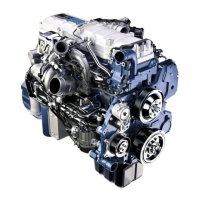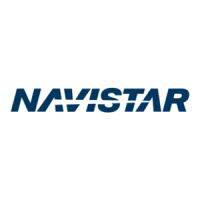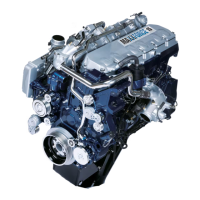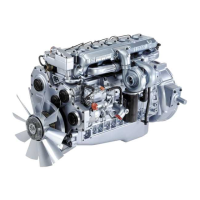SAFETY INFORMATION
• Clear the area before starting the engine.
Engine
• The engine should be operated or serviced only by qualified
individuals.
• Provide necessary ventilation when operating engine in a
closed area.
• Keep combustible material away from engine exhaust
system and exhaust manifolds.
• Install all shields, guards, and access covers before
operating engine.
• Do not run engine with unprotected air inlets or exhaust
openings. If unavoidable for service reasons, put protective
screens over all openings before servicing engine.
• Shut engine off and relieve all pressure in the system before
removing panels, h ousing covers, a nd caps.
• If an engine is not safe to operate, tag the engine and ignition
key.
Fire Prevention
• Makesurechargedfire ext ing u ish ers are in the work area.
NOTE: Check the classification of each fire extinguisher to
ensure that the following fire types can be extinguished.
1. Type A — Wood, paper, textiles, and rubbish
2. Type B — Flammable liquids
3. Type C — Electrical equipment
Batteries
• Always disconnect the main negative battery cable first.
• Always connect the main negative battery cable last.
• Avoid le an ing ov er batteries.
• Protect your eyes.
• Do not expose batte ries to flames or sparks.
• Donotsmokeinworkplace.
Compressed Air
• Use an OSHA approved blow gun rated at 207 kPa (30 psi).
• Limit shop air p ressure to 207 kPa (30 psi).
• Wear safety glasses or goggles.
• Wear hearing protection.
• Use shielding to protect others in the work area.
• Do not direct compressed air at body or clothing.
Tools
• Make sure all tools are in good condition.
• Make sure all standard electrical tools are grounded.
Form No. 1172040R1
Page 4
Printed in the United States of America

